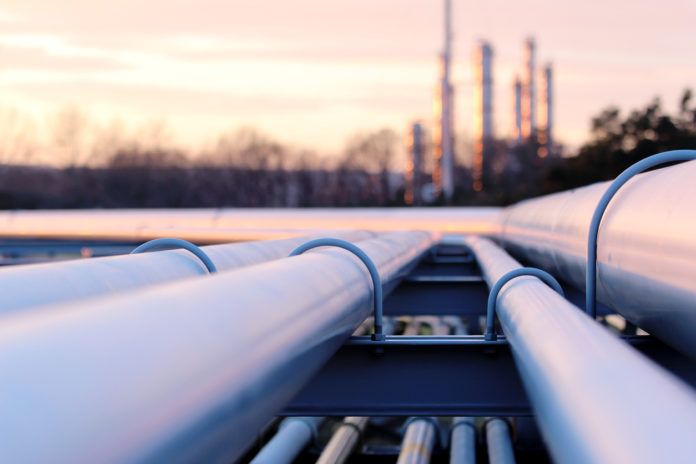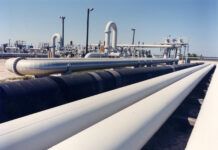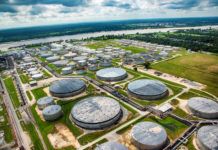
American consumers often have little appreciation for how energy supplies are delivered to their homes or the marketplace. When we flip an electrical switch, we expect the lights to come on; when we turn the handle on the shower, we expect heated water to flow; and when we pull up to the gasoline station, we expect to be able to fill up our tanks with fuel. The delivery of these energy resources is made possible through an extensive set of power transmission and distribution lines, natural gas pipelines, and refined product and liquids lines.
Critical energy infrastructure developers are grappling with realigning new energy supplies, particularly unconventional crude oil and natural gas, with large consuming areas, both domestically and internationally, through the increasing opportunities for global energy trade. In addition, these infrastructure developers have the concurrent challenge to upgrade and modernize energy infrastructure assets to meet the real-time needs of the 21st century. Yet, at the same time, opposition to the very existence, much less preservation or modernization, of this critical delivery infrastructure is growing and becoming more strident.
Siting protests and a “not-in-my-backyard” (“NIMBY”) opposition to pipe and power line projects are nothing new. However, energy infrastructure development opposition, starting with the Keystone XL pipeline, and progressing more recently to the Dakota Access pipeline project, goes far beyond what could now be considered the benign protests of the past. Today’s infrastructure opposition is well-funded, concentrated and often orchestrated by nongovernmental organizations (NGOs) opposed to any energy development that is not renewable-based.
Allen Fore, vice president of Kinder Morgan, a major pipeline and energy transportation company, reflected upon these challenges in the recent LSU Center for Energy Studies’ 2016 Energy Summit. Fore noted that successful infrastructure project siting will increasingly require sophisticated and extensive public policy planning and stakeholder engagement including making stakeholders aware of the importance of energy infrastructure and what that infrastructure means for ensuring safe, economic and reliable energy deliveries.
Unfortunately, it can often take a major outage, like those arising after hurricanes Katrina and Rita, to remind consumers about energy infrastructure’s importance. Consider, as an example, the Colonial Pipeline System, which originates along the Gulf Coast, collects gasoline, jet fuel, heating oil, and other refined products from the region’s refineries, and delivers those products through Atlanta and then up the eastern seaboard all the way to the La Guardia airport in New York City. Immediately after the passage of Katrina and Rita, large swaths of the eastern U.S. were within three days of being completely out of gasoline given the interruptions originating along the Gulf Coast portion of the Colonial system.
Outages can happen, even during normal times, and that extensive, diverse and flexible delivery infrastructure is critical to ensure domestic energy security.
Thus, while it is true that the U.S. is blessed with a new, abundant and affordable set of energy resources, the availability of these resources will come as little consolation if the capacity to move them is simply unavailable and obstructed by groups that can’t appreciate, or don’t want to appreciate, the role that energy infrastructure plays in ensuring safe, economic and reliable energy supplies for end-users.
David E. Dismukes is a professor and the executive director of the Center for Energy Studies at LSU. He holds a joint academic appointment in the department of environmental sciences where he regularly teaches a course on energy and the environment.
Originally published in the fourth quarter 2016 edition of 10/12 Industry Report.









